This is the layer that acts as the main water barrier for your tile roof. Underlayment goes under the tiles and can be made of either felt or synthetic materials. As such, it is one of the most important parts of a tile roof since it keeps out moisture and thereby prevents rot.
As such, the underlayment is perhaps the weakest link of tile roofing because it does not last as long as the tile, and it will cause a number of unpleasant issues if it is not taken care of. Once the underlayment reaches the end of its life, it becomes brittle and starts to shrink and curl up.
This will eventually lead to water damage and rot, so you can see why it is important to keep an eye on the condition of your underlayment. One way to maximize the lifespan of your underlayment is to replace it with a thicker water barrier. Most underlayments are one thirty-pound layer, but a forty-pound layer will have a longer lifespan for not much extra cost.
Flashing
This refers to the stuff that fills the gaps between the holes in the clay roof and fixtures such as your chimney, ventilation, and anything else that protrudes from the roof. Modern flashing is most commonly made of metal and is easy to spot because it looks like shiny metal strips outlining holes in your roof.
Older roofs may use concrete or plaster for flashing, as do older tile roofs. These two materials are far less durable than metal flashing and will break down faster. If you have this older style of flashing, consider switching to metal flashing since it will be a worthwhile investment in your roof’s lifespan.
As with the underlayment, flashing is meant to keep water from seeping through your roof’s valleys and openings and into your home. Once metal flashing is installed, it needs basically no maintenance.
Battening
This refers to horizontal strips of wood that sit under the tiles and create an air pocket for better insulation. Battening is designed to lift the tiles up and help the water to drain away properly instead of accumulating on your roof — an especially useful feature for avoiding ice dams.
Battening is installed at the same time as the flashing and before the tiles. Only once the underlayment, battens, and flashing are in place can the clay roof tiles be installed over the battens. As long as the battening was installed correctly, it should not present any problems, although a failure in waterproofing could lead to the battens rotting.
Warning Signs
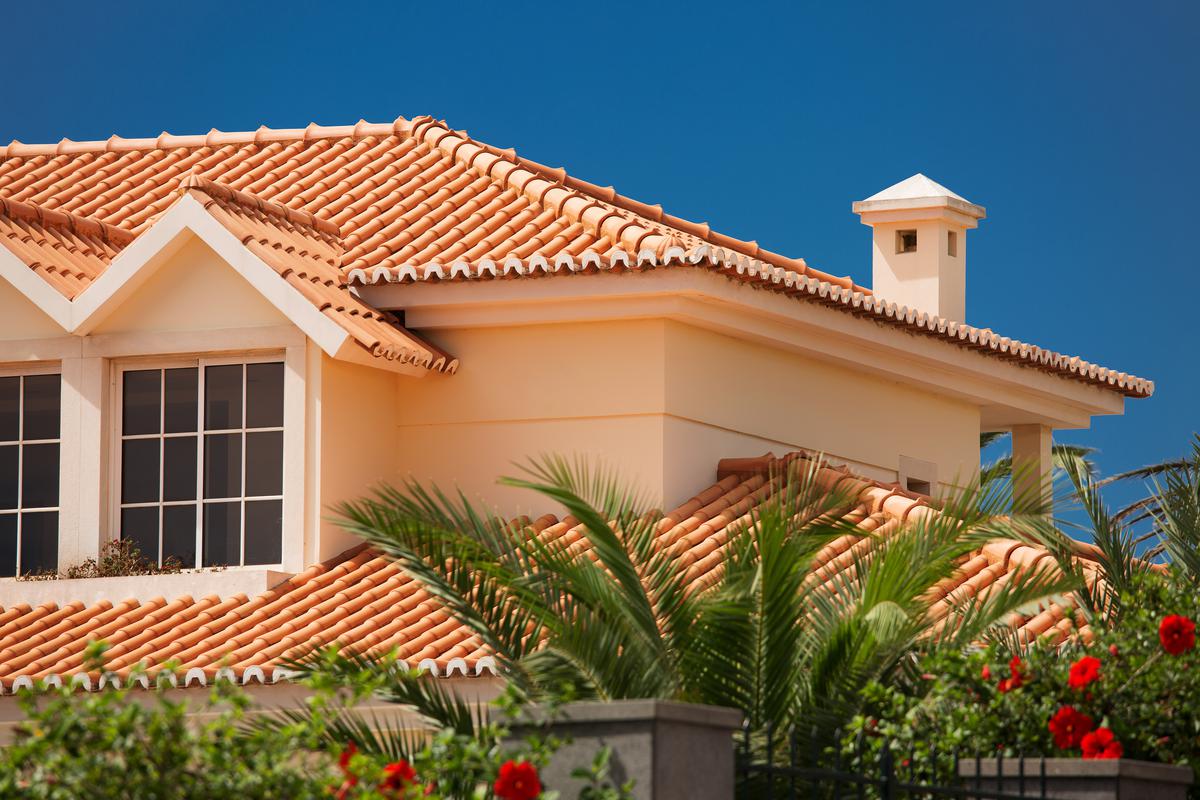

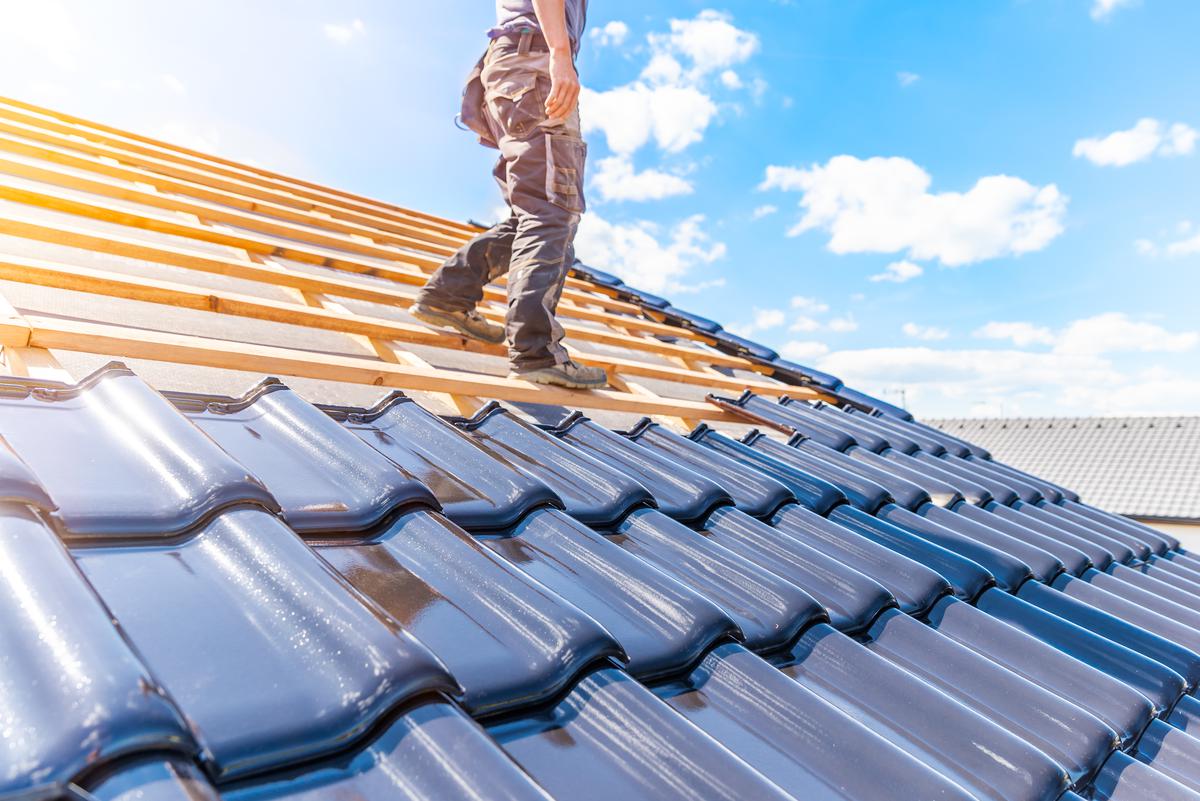

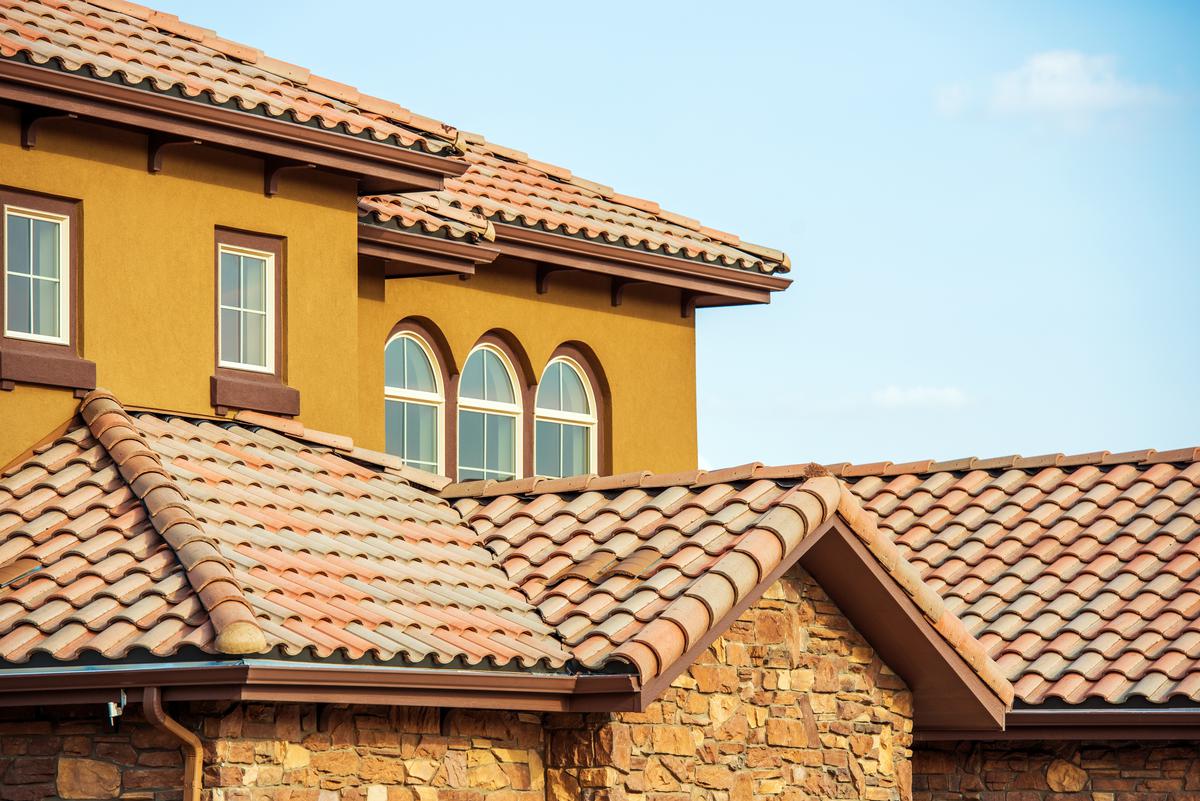
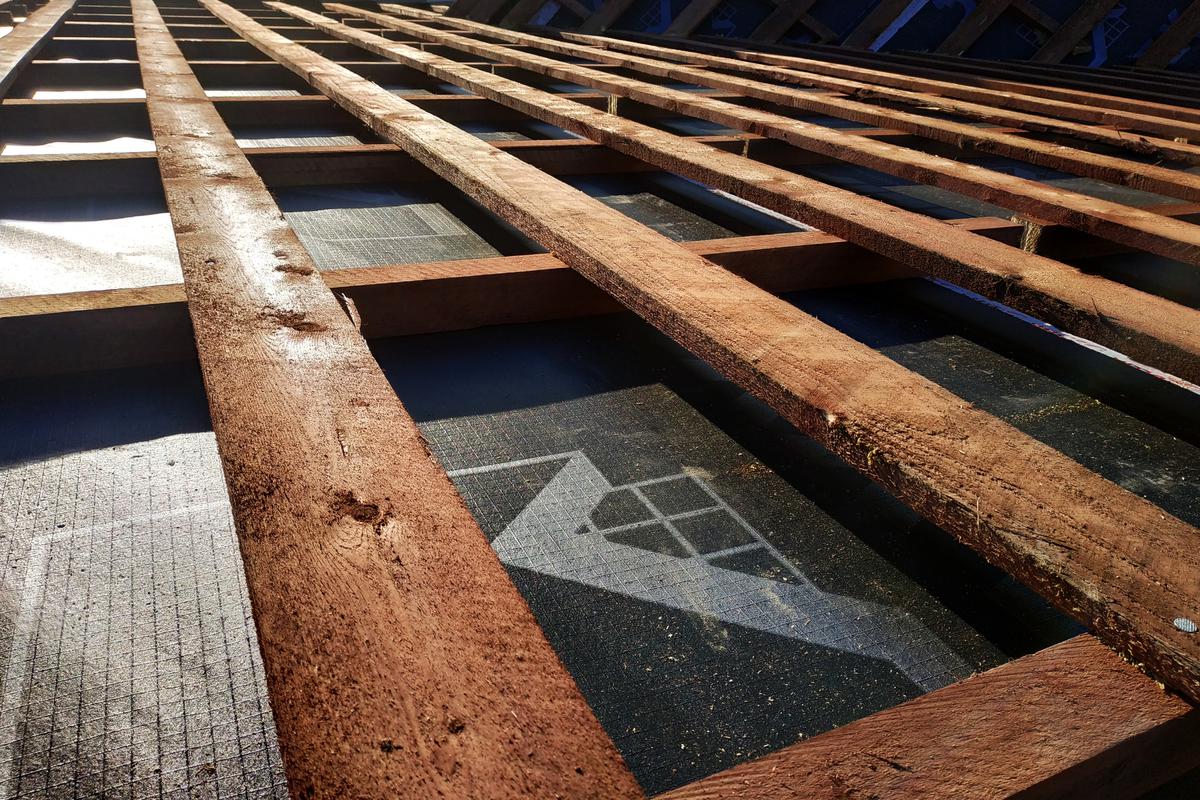
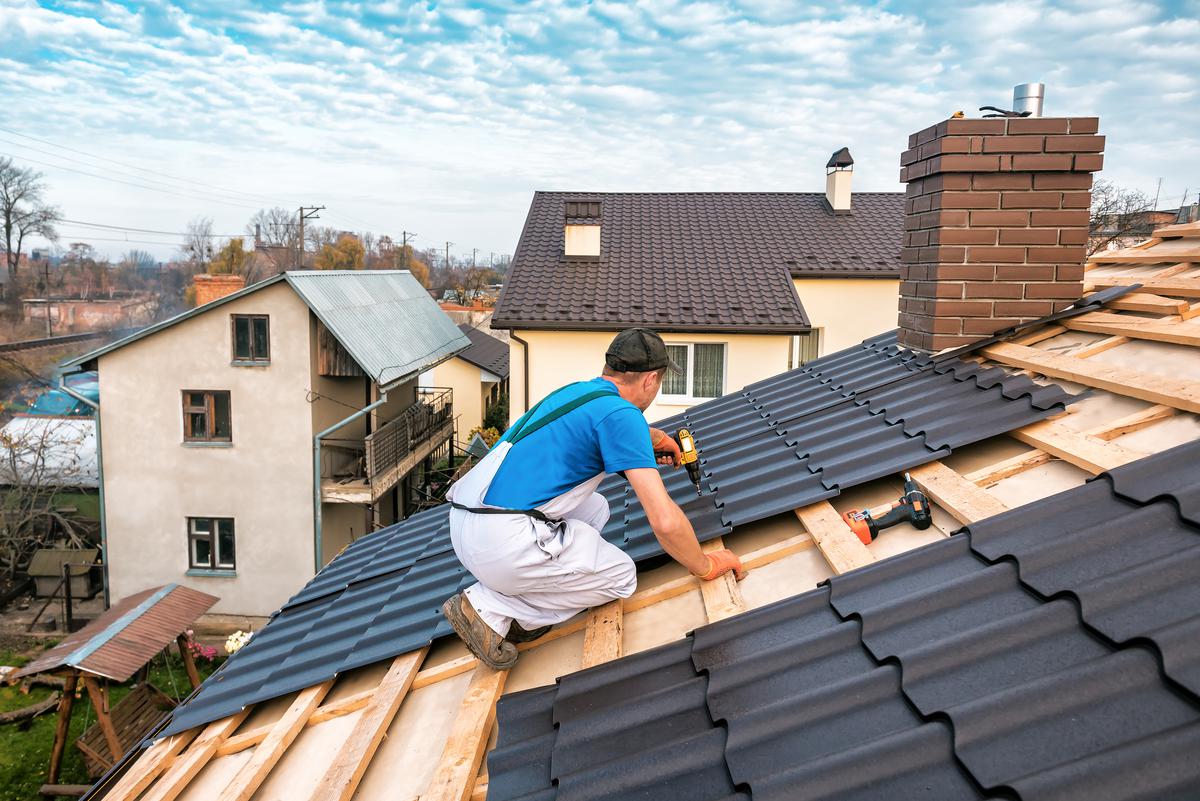
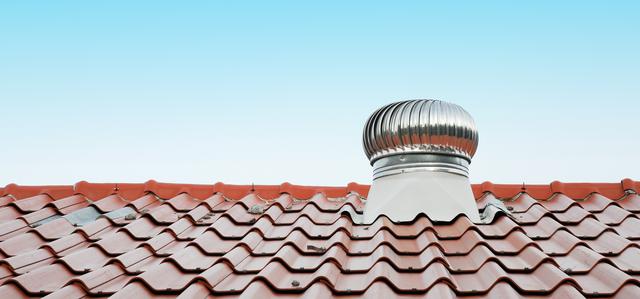
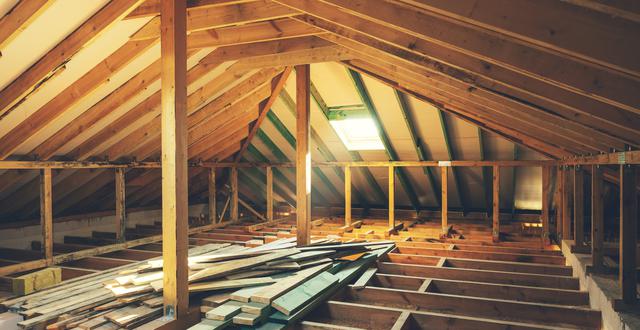
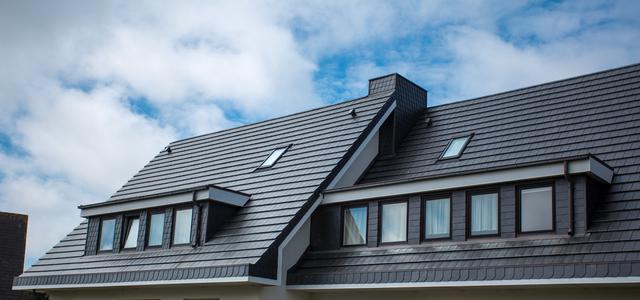
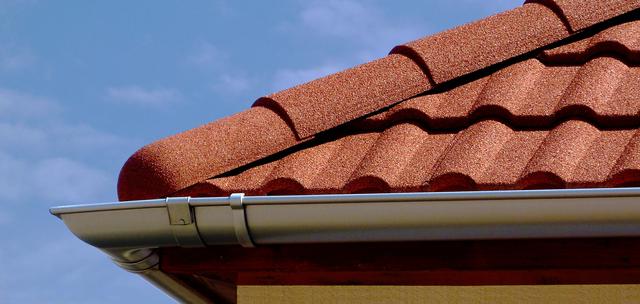
comments